Top 5 Must-Have Technologies in Used Cars for 2024

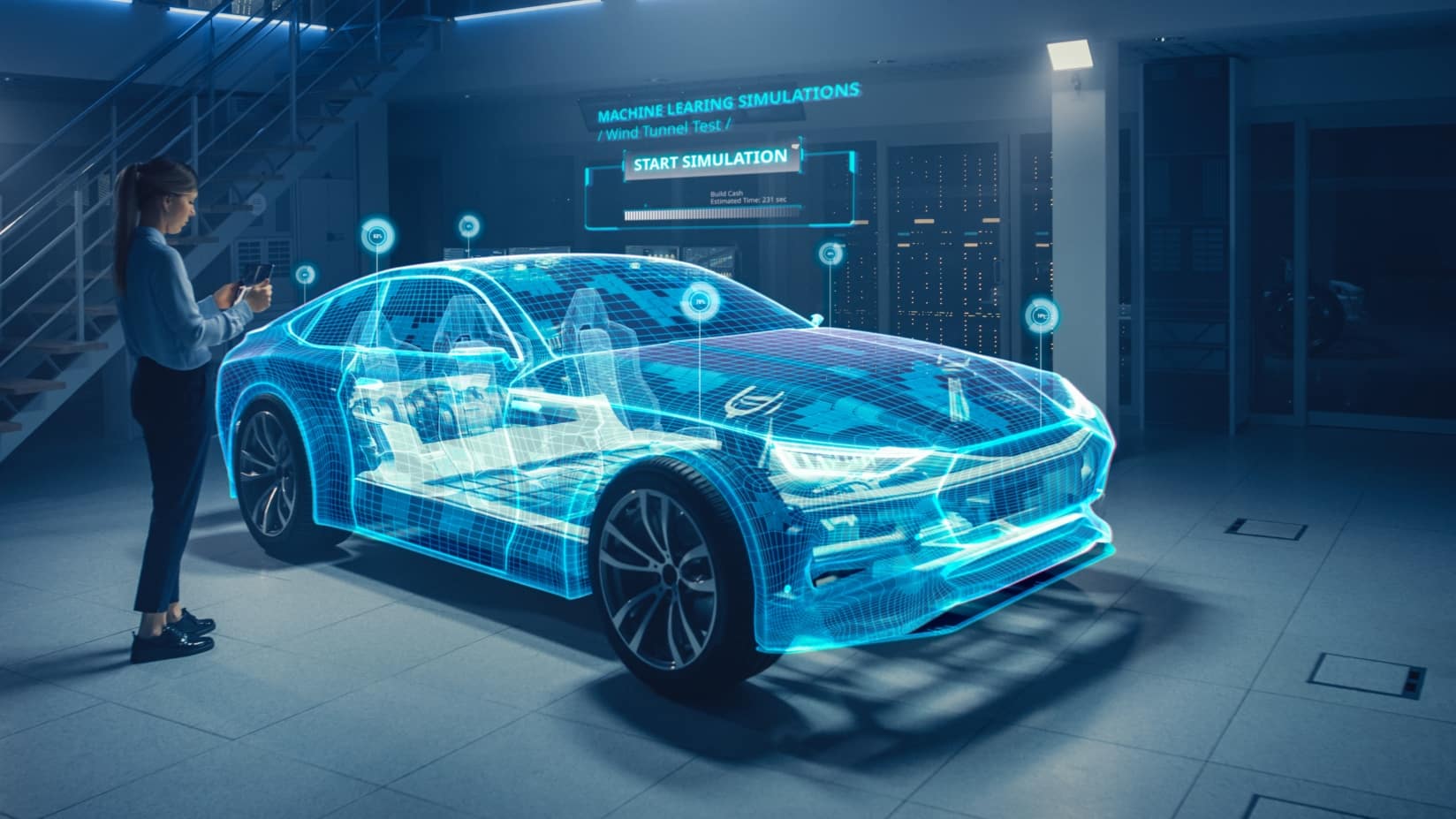
- Advanced Safety Systems
- Cutting-Edge Connectivity Enhancements
- Complete Driver Support Packages
- The Evolution of Driving: Electric and Hybrid Innovations
- Incorporating Intelligent Technology: Bridging Smartphones and Automobiles
- Closing Thoughts: Embracing Tomorrow with Smart Automotive Innovations
Pre-owned vehicles are no longer lagging behind their brand-new counterparts. With each passing year, integrating new car technology into older models redefines the pre-owned car market. As we enter 2024, the array of features available in used cars is more impressive than ever.
From advanced safety systems to innovative connectivity options, pre-owned vehicles offer many technologies that enhance the driving experience and overall convenience. Keep reading to know more about new auto technologies in pre-owned vehicles for 2024.
Advanced Safety Systems
In recent years, trends in the automotive industry have significantly shifted towards prioritizing safety features in new and pre-owned vehicles. Advanced Safety Systems (ADAS) have become a cornerstone of this movement, aiming to reduce the likelihood of accidents and enhance driver confidence on the road. Among the multitude of ADAS technologies, Automated Emergency Braking (AEB), Lane Keeping Assist (LKA), and Lane Departure Warning (LDW) stand out as crucial components reshaping the safety landscape of the used car market in 2024.
Automated Emergency Braking (AEB)
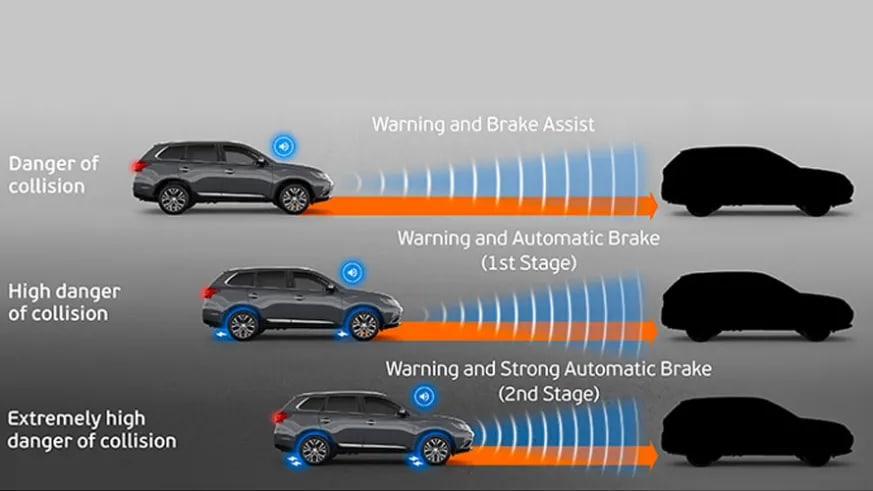
AEB represents a groundbreaking advancement in vehicle safety technology, designed to mitigate collisions or reduce their severity by automatically applying the brakes in critical situations. Using a combination of sensors, cameras, and radar, AEB systems can detect impending collisions with vehicles, pedestrians, or obstacles and initiate braking if the driver fails to respond in time. This capability helps prevent accidents and minimizes the impact of unavoidable collisions, potentially saving lives and reducing property damage.
For used cars for sale, including AEB, it provides added peace of mind and a proactive safety measure, especially in high-traffic environments or during moments of driver distraction.
Lane Keeping Assist (LKA) and Lane Departure Warning (LDW)
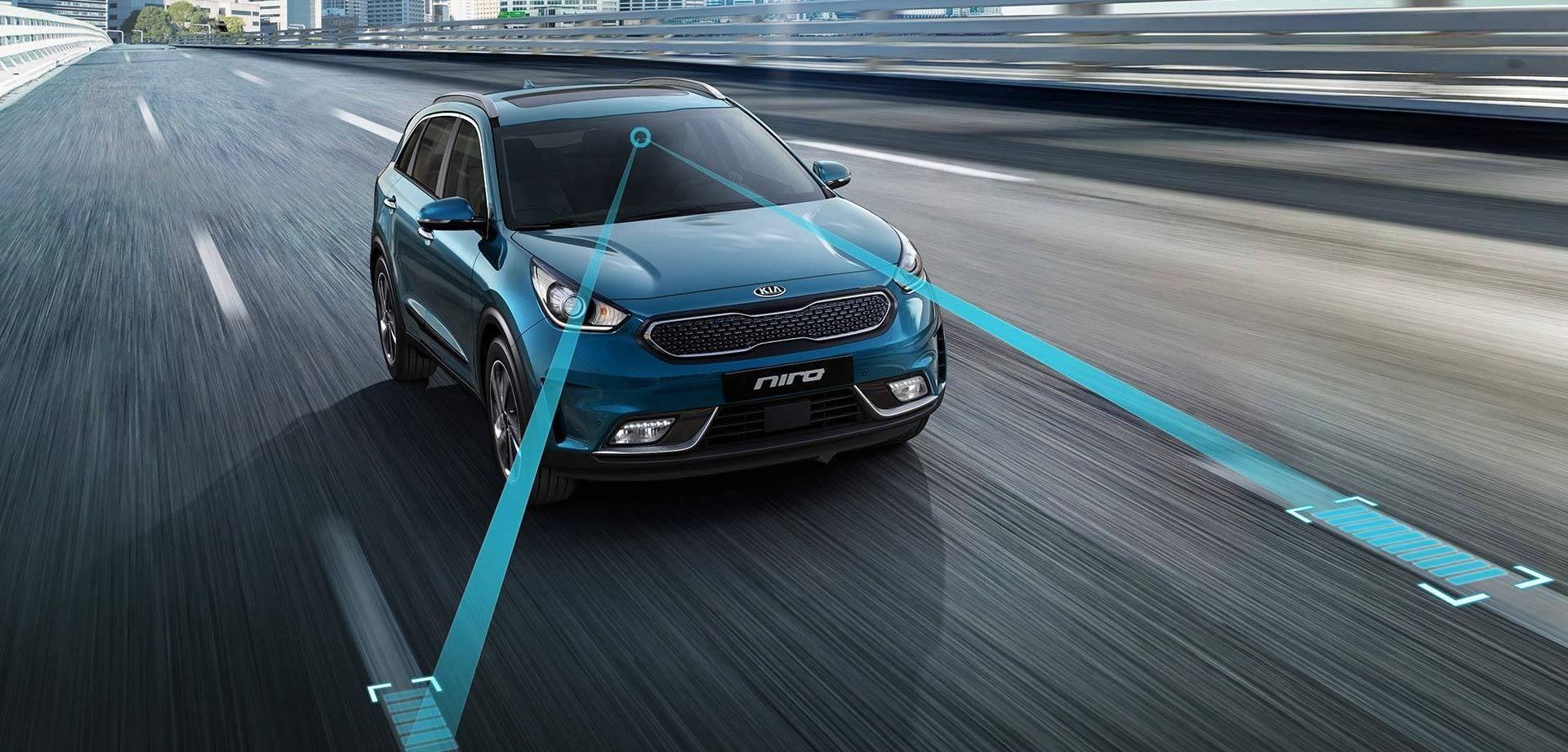
LKA and LDW technologies work in tandem to enhance vehicle stability and prevent unintended lane departures, thereby reducing the risk of side-swipe accidents and collisions caused by drifting out of the lane.
Lane Departure Warning (LDW) utilizes sensors to monitor the vehicle's position within the lane markings. If the system detects that the car is unintentionally drifting out of its lane without signaling, it alerts the driver through visual, auditory, or haptic warnings, prompting corrective action.
Lane Keeping Assist (LKA) takes LDW further by actively intervening to help the driver maintain proper lane position. When the vehicle begins to drift, LKA applies corrective steering input to guide it back into the lane, effectively assisting the driver in staying centered within the designated lane markings.
In pre-owned vehicles equipped with LKA and LDW, drivers benefit from an additional layer of safety and stability, particularly on long highway drives or in situations where driver fatigue may increase the likelihood of drifting out of lane.
Cutting-Edge Connectivity Enhancements
Connectivity has become a fundamental aspect of everyday life, extending its influence into future changes in automobile technology. Pre-owned vehicles equipped with cutting-edge connectivity features offer drivers and passengers a seamless blend of convenience, entertainment, and productivity. In 2024, as the demand for connected features continues to rise, features like In-Car Wi-Fi, Mobile Connectivity, and Smart Infotainment Systems stand out as key components reshaping the driving experience.
In-car Wi-Fi and Mobile Connectivity
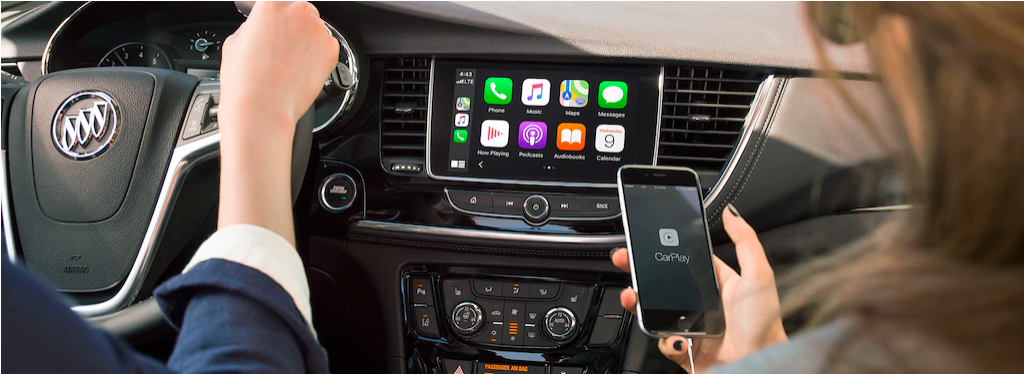
In-car Wi-Fi transforms the vehicle into a mobile hotspot, providing occupants with high-speed internet access on the road. Utilizing a built-in Wi-Fi router, pre-owned vehicles equipped with this feature allow passengers to stay connected to the internet using their smartphones, tablets, or laptops.
Mobile Connectivity features enable seamless integration between the vehicle's infotainment system and smartphones, allowing drivers to access a wide range of apps, services, and functions directly from their mobile devices. Whether through Apple CarPlay, Android Auto, or proprietary systems developed by manufacturers, pre-owned vehicles equipped with mobile connectivity enable hands-free calling, messaging, music streaming, navigation, and more, all controlled through the vehicle's touchscreen or voice commands.
Smart Infotainment Systems
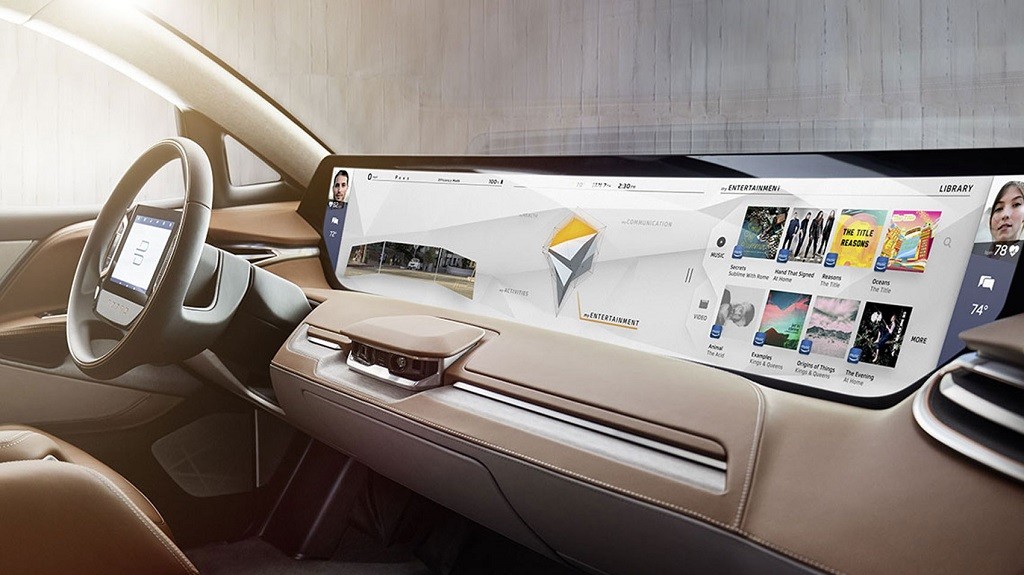
Smart Infotainment Systems represent the convergence of entertainment, navigation, communication, and vehicle settings within a single intuitive interface. Equipped with features like voice recognition, gesture control, and predictive algorithms, these systems offer personalized user experiences tailored to the preferences and habits of individual drivers.
Complete Driver Support Packages
Integrating complete driver support packages has become a defining feature in pre-owned vehicles. These comprehensive packages combine advanced features designed to enhance safety and convenience on the road. Among the standout components of these packages are Adaptive Cruise Control (ACC), Parking Assistance systems, and 360-degree Camera Systems, each of which plays a vital role in reshaping the driving experience for pre-owned vehicle owners in 2024.
Adaptive Cruise Control (ACC)
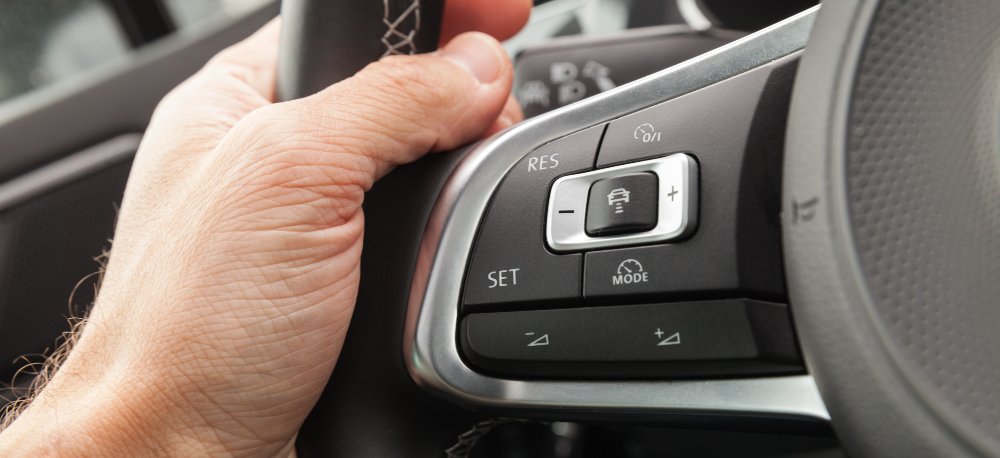
Adaptive Cruise Control (ACC) represents a significant advancement in cruise control technology, offering drivers enhanced convenience and safety during highway driving. Unlike traditional cruise control systems that maintain a constant speed, ACC uses sensors and radar to monitor the distance between the vehicle and the traffic ahead.
By automatically adjusting the vehicle's speed to maintain a safe following distance, ACC reduces the need for constant manual intervention, resulting in a more relaxed and stress-free driving experience. In pre-owned vehicles equipped with ACC, drivers can enjoy added confidence and peace of mind, especially during long journeys or in heavy traffic conditions.
Parking Assistance and 360-Degree Camera Systems
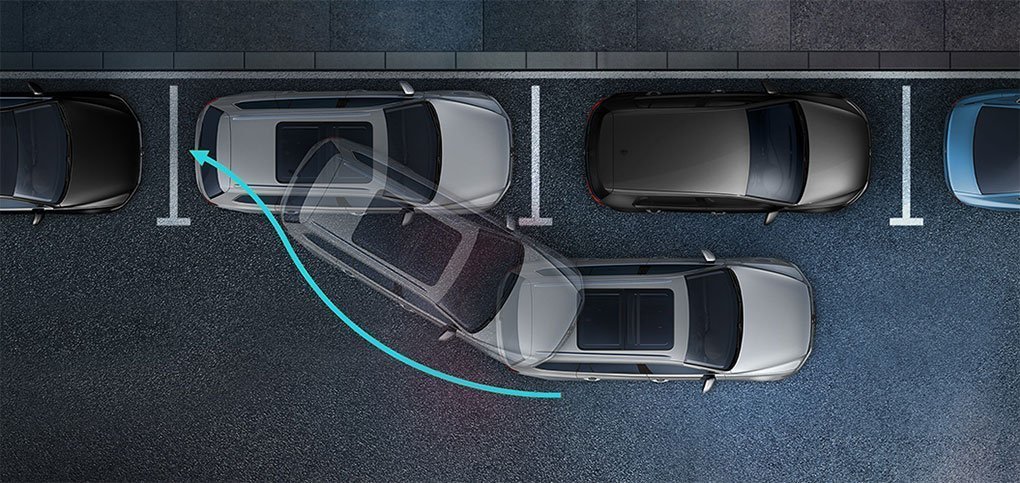
Parking Assistance systems utilize a combination of sensors, cameras, and advanced algorithms to assist drivers in maneuvering into and out of parking spaces with ease and precision. Whether parallel parking on a busy street or navigating into a tight spot in a crowded parking lot, these systems provide visual and auditory cues to guide the driver, making parking maneuvers safer and more efficient.
360-degree Camera Systems offer drivers a comprehensive view of their surroundings, eliminating blind spots and providing enhanced situational awareness when maneuvering tight spaces or navigating obstacles. By stitching together feeds from multiple cameras positioned around the vehicle, these systems create a bird's-eye view perspective, allowing drivers to see all sides of the car simultaneously.
The Evolution of Driving: Electric and Hybrid Innovations
In recent years, the automotive industry has seen a growing trend towards the spread of electric and hybrid vehicles, which indicates a significant departure from traditional internal combustion engines. This shift is part of the broader automotive technology trends, highlighting the industry's move towards more sustainable and innovative transportation solutions.
Electric Vehicle (EV) Range and Charging Capabilities
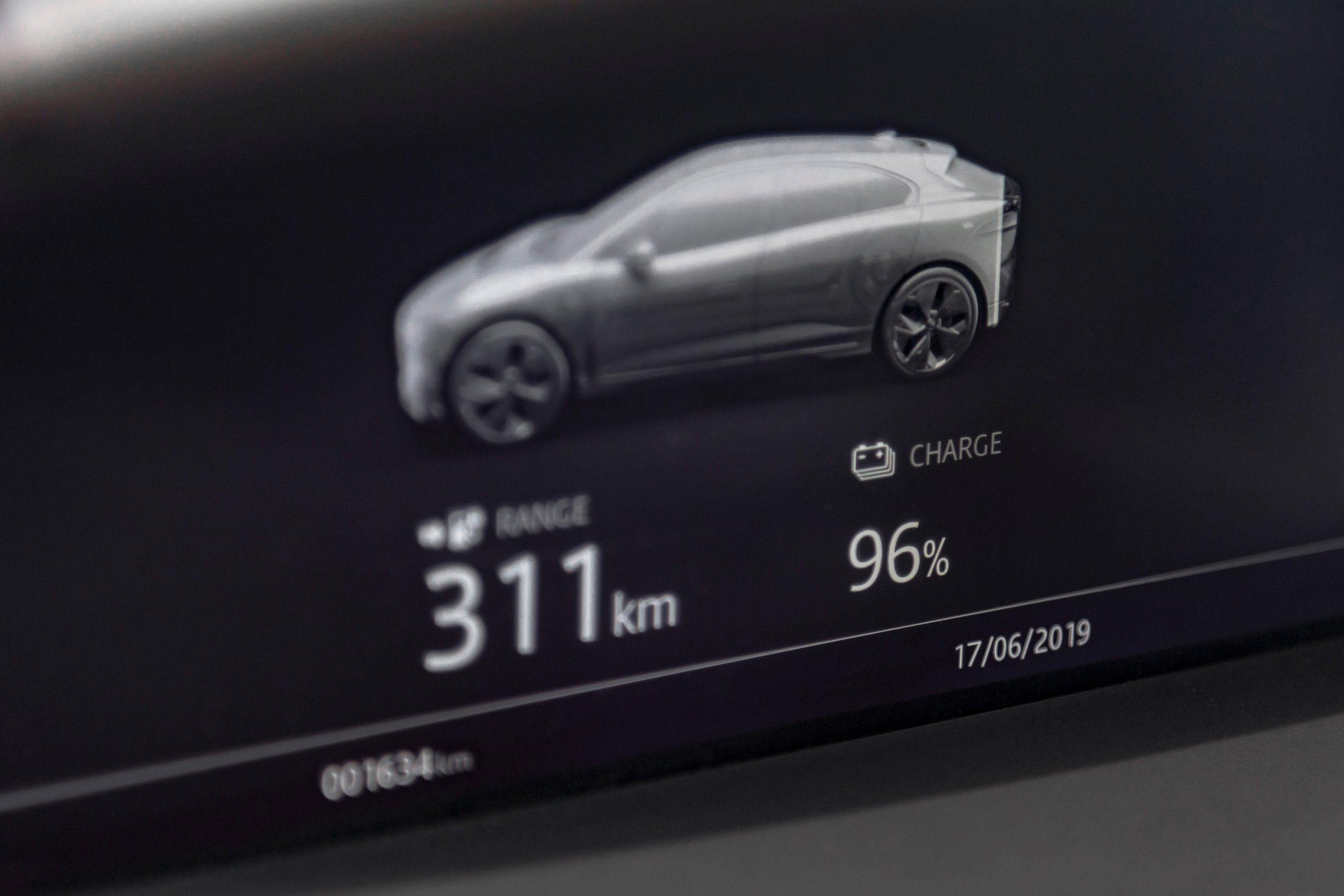
One of the most significant advancements in electric vehicles (EVs) has been improved range and charging capabilities. Early EVs were often criticized for their limited range, which made them impractical for long-distance travel. However, advancements in battery technology have dramatically increased the range of modern EVs, alleviating range anxiety among consumers.
Today, many EVs offer ranges rivaling or exceeding those of conventional gasoline-powered vehicles. High-end models can travel well over 400 miles on a single charge, making them viable for everyday use and long-distance journeys. Moreover, rapid advancements in battery technology continue to push the boundaries of range, with some companies experimenting with solid-state batteries that promise even greater energy density and faster charging times.
Hybrid Systems: Efficiency Meets Performance
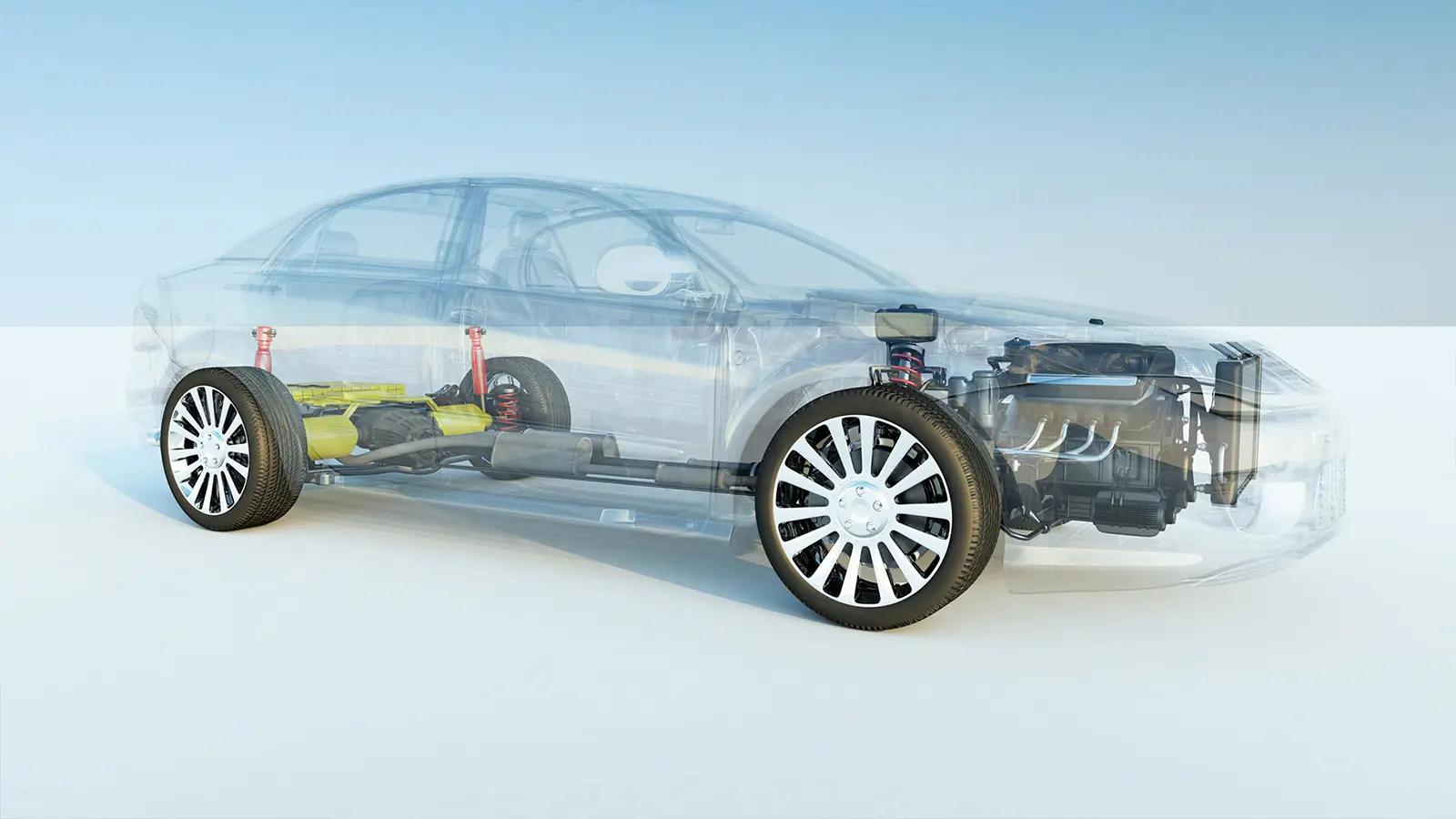
Hybrid vehicles represent a middle ground between traditional internal combustion engines and fully electric propulsion. By combining an internal combustion engine with an electric motor and battery pack, hybrids offer improved fuel efficiency and reduced emissions without sacrificing performance.
Recent advancements in hybrid technology have blurred the lines between efficiency and performance. Modern hybrid systems employ sophisticated powertrain configurations that integrate electric and gasoline propulsion, delivering fuel efficiency and enhanced performance.
Incorporating Intelligent Technology: Bridging Smartphones and Automobiles
With advancements in wireless connectivity, smartphone integration, voice-activated controls, and virtual assistants, modern vehicles have become more than just transportation devices – they are sophisticated digital hubs designed to enhance safety, convenience, and entertainment on the road.
Wireless Charging and Smartphone Integration

One of the most noticeable advancements in new automotive technology is the integration of wireless charging pads into vehicle cabins. Moreover, smartphones have become integral to the driving experience through seamless integration with vehicle infotainment systems. Platforms like Apple CarPlay and Android Auto allow drivers to mirror essential smartphone functions directly onto the vehicle's display screen, such as navigation, music playback, and messaging.
Voice-activated Controls and Virtual Assistants

Voice-activated controls represent another critical aspect of bridging smartphones and automobiles. Many modern vehicles have advanced voice recognition systems that enable drivers to perform various functions using natural language commands. From adjusting climate settings and making phone calls to controlling navigation and playing music, voice-activated controls allow for hands-free operation, enhancing safety and minimizing distractions.
Closing Thoughts: Embracing Tomorrow with Smart Automotive Innovations
As we stand on the brink of a new era in automotive innovation, it's essential to recognize the transformative impact that smart technologies have on how we drive and interact with vehicles. With each passing day, automotive manufacturers are pushing the boundaries of what's possible, integrating cutting-edge advancements to create safer, more efficient, and more enjoyable driving experiences.
From electric and hybrid innovations that are reshaping our relationship with the environment to intelligent technologies that seamlessly bridge the gap between smartphones and automobiles, automotive trends are evolving at an unprecedented pace.
This article is a set of legal notes from RollsAuto.com, an automotive website that strived to help customers find used vehicles, provide a financial center, payment calculator, etc.
These articles on the website are for educational and informational purposes only. The material in the article is distributed without profit to further propagate this information, which is appreciated and helps readers understand car selling more effectively.
The view in the article does not necessarily reflect the author's opinion. This site is not liable for the potential damages, lost profits, or any other losses of any kind caused by your reliance on the information in this article.
RollsAuto.com is only the author of these articles and is not in any way affiliated with the manufacturer or service provider mentioned. All trademarks are property of their respective owners and are mentioned as examples. Privacy and Terms policy: www.rollsauto.com/privacy-policy

